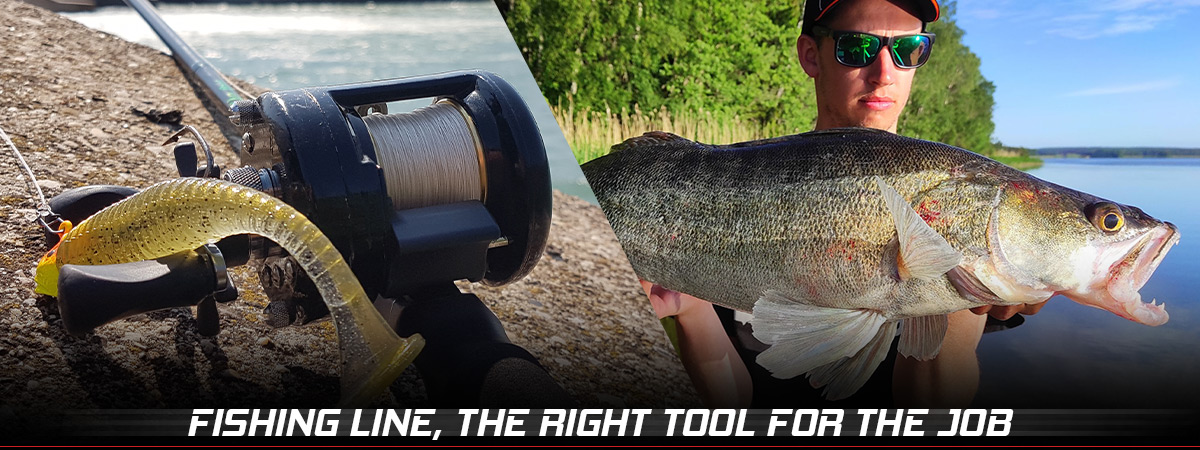
Often overlooked, the fishing line plays an important part in success. Indeed, the line not only keeps the lure under the control of the angler but also gets the fish back. It is therefore very important to use the right line for each situation. There is no one line to rule them all, each type of line serves a different purpose. Let’s jump right in!
For practical purposes, line sizes will be designated in millimeters (mm) for all monofilament lines and in breaking strain in lbs/test for braided lines.
When we look at buying line for the first time in a fishing tackle shop, we might think of looking only at the breaking strain versus the size of the fish we intend to catch. So a beginner looking at pike fishing might consider a pike in his local water to max out at about 10 kg would buy a line with a breaking strain of about 10kg. This is not the right way to go about it.
Much like fishing rods, there’s no pike line, perch line, or anything like that. The fishing line needs to be matched to the lure type and the environment. For example, one would use a heavier line in thick cover than in open water to avoid breaking of fish.
There are basically two opposing philosophies when it comes to selecting the right line. The first one is to use a line as thin as possible. The reasoning behind it is that line can be seen by the fish and participate in giving away the trap. So as thin a line as possible increases or improves the odds of getting bit.
The second philosophy is to consider that it’s better to avoid break-offs by using as big a line as reasonable. In other words, to always use the biggest line you can get away with. I tend to favor this second opinion and it’s under this assumption that the reader should understand the following information.
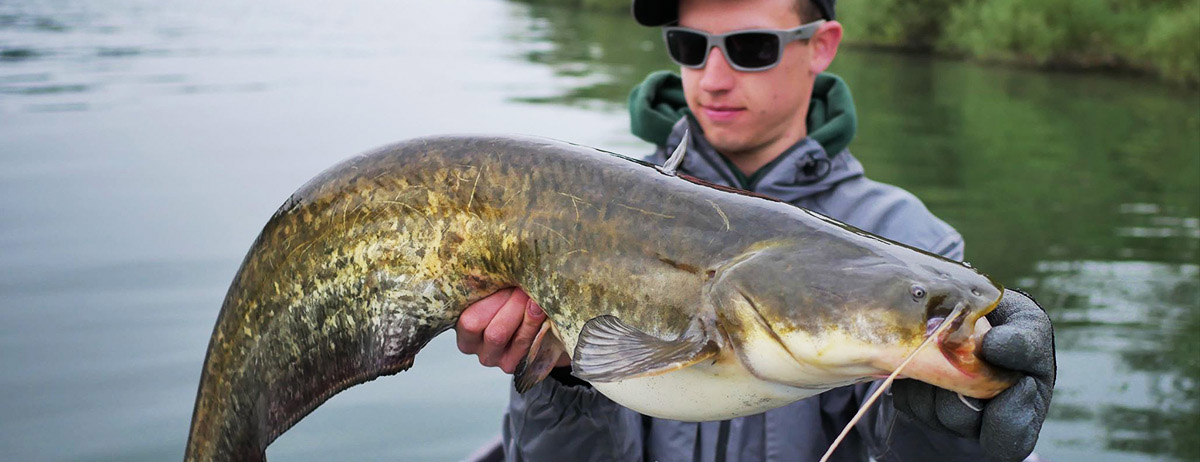
Copolymer: it’s the modern version of good old nylon, often referred to as simple mono. Pros: cheap, versatile, stretchy, supple, floats, decent abrasion resistance. Cons: age rather quickly, low sensitivity, low strength per size ratio.
Fluorocarbon: It appears similar to copolymer but is chemically very different. Pros: low stretch, sinks, low visibility, very abrasion resistant. Cons: stiff, kinks easy, expensive, hard to manage in bigger sizes.
Braid: as the name implies it’s a multi-filament of poly-ethylene braided together. Pros: no stretch, floats, great strength per size ratio, cheap*. Cons: low abrasion resistance, low shock tensile strength, high visibility.
*It might seem like a surprise to find cheap as a benefit for a line that has the highest price tag on the market. But it lasts a lot longer too, so with proper line management, it’s possible to make a spool of line that lasts as long as 15 years, making it much cheaper in the long run.
In lure fishing, we tend to have a rod and reel combo for each family of lures. I will here describe each and give my own choice on what line is on my reel for each technique.
That includes crankbaits, jerkbaits, and lipless crankbaits. These lures are equipped with treble hooks. Which means fairly small hooks that can come undone easily. It also means that there won’t be a need for a powerful hookset. Also, the line will in part dictate how deep the lure runs. The thinner the line, the less resistance in the water and deeper the lure will run. It would also hurt to use a high buoyancy line as it would keep the lure closer to the surface. That means the best choice is fluorocarbon with copolymer as a close second.
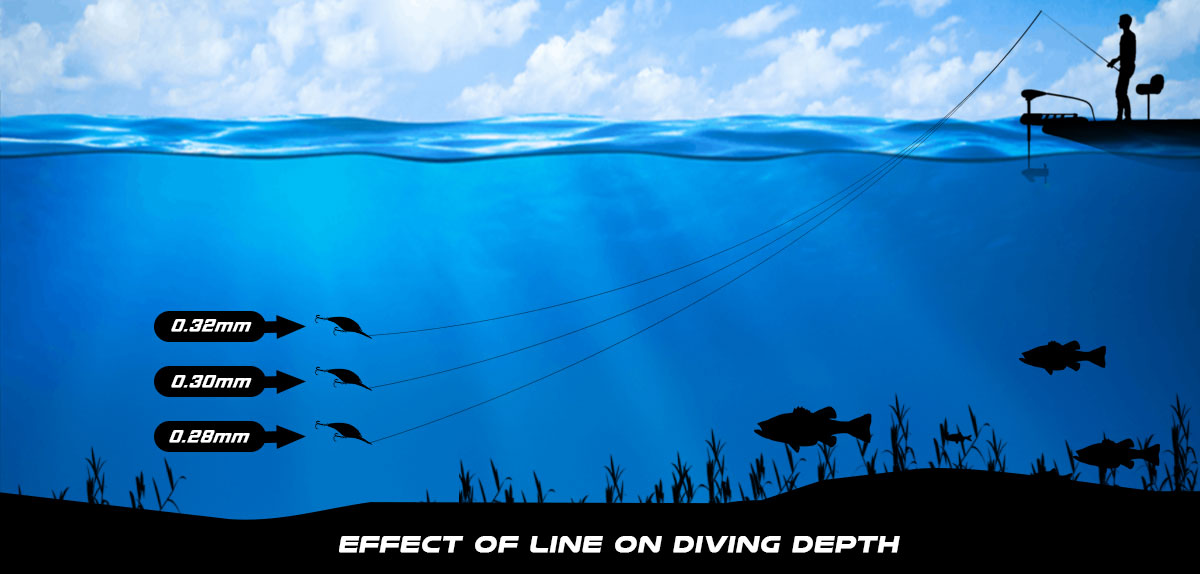
To keep the fish pinned, we need enough stretch to absorb head shakes. Fluorocarbon sinks so allegedly the bait should run about 30 centimeters deeper than an identical floating line (allegedly because it’s a claim that hasn’t been really tested as far as I know). So I use about 0.30 mm for crankbait, and jerkbait.
There’s one exception: lipless crankbaits around grass! For ripping the lure off the grass, it’s better to use a braided line with no stretch.
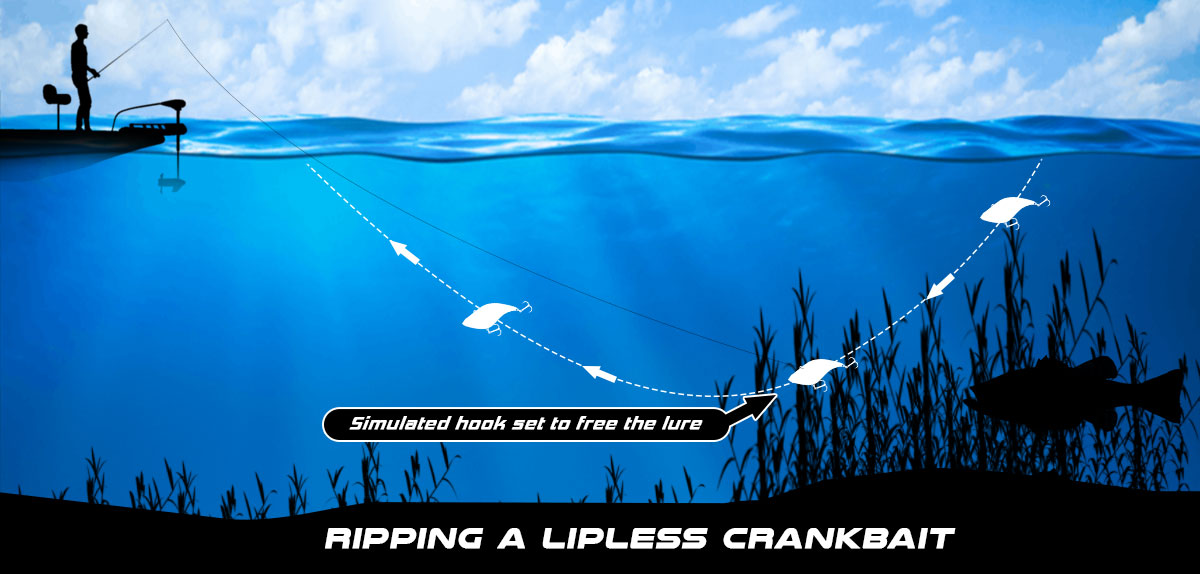
The first criteria for topwater is that the line must float. So that eliminates the fluorocarbon line. For all topwater lures equipped with treble hooks for the same reason, I prefer copolymer. Lures fished on a baitcaster like a walking stickbait or a prop bait I will fish a rather heavy 0.35 to 0.38 mm. For smaller walkers and poppers for perch fished on a spinning rig I will fish with a 0.28 or 0.30 mm.
With buzzbait I tend to choose the same copolymer in .38 mm or a braided line if fishing around grass, again to pop the lure free from tangles. For hollow body frogs, it’s a whole different ball game! This technique requires an extra-powerful hookset and battling a fish in potentially very heavy vegetation. I use for that purpose a flipping rod with 50 to 65 lbs braid.
These lures can be fished with any line type the angler prefers. If fished around submerged wood, I would avoid braid, simply because of the low abrasion resistance and because if braid runs over a branch it will cut a groove in the soaked wood and the lure will be stuck. The heavy but exposed hook requires a moderate hook set so don’t go too low in size. A 0.35 mm mono or a 30 lbs braid is fine.
There are two different scenario: shallow dense cover and deep structure. For the former, I would definitely choose heavy mono or fluorocarbon. It requires excellent abrasion resistance, absorbs a very powerful hookset without breaking, and man-handle big fish from heavy covers such as wood and grass. I usually go with 0.40 mm FC. For deep structure however sensitivity and low drag are paramount. So 30 to 40 lb braid is the best choice. If there’s any danger of abrasion, just add a FC leader.
Here again, having a small diameter and extra sensitivity is the most important. So again, braid is the best choice. The size will depend on the lure and fish. For big bait and pike fishing, I would not go under 40 lbs, for bass and zander size lure you can select 20 or 30lbs, and for finesse technique for perch 10 or 20 lbs is good enough. If visibility or abrasion resistance is a concern it’s a good idea to tie on a fluorocarbon leader of matching resistance.
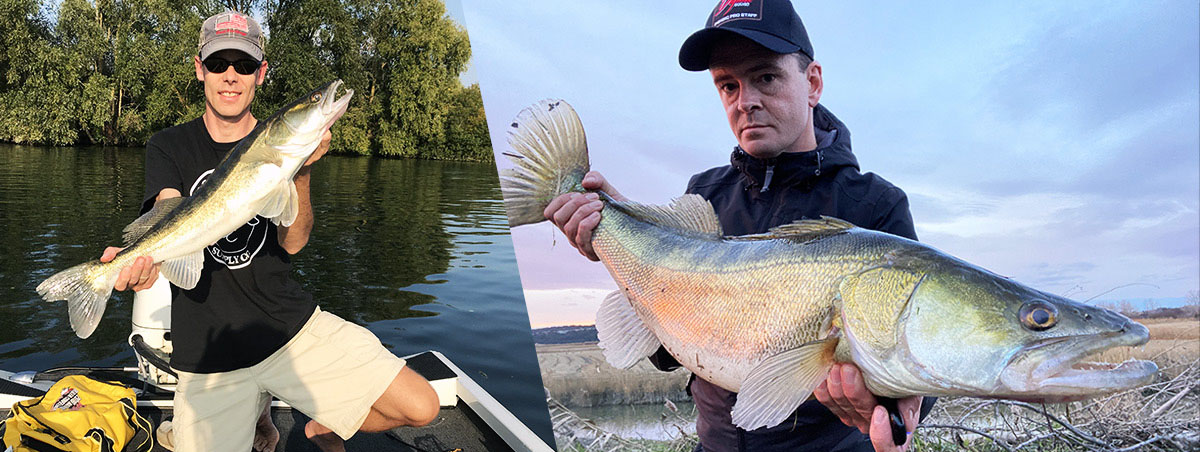
Now this is a tough one. Most people are using mid-size braid like 40 lbs. This is fine 99% of the time. Until that one time, when something goes wrong in the reel, the line is stuck and snaps in a loud bang. Because braid doesn’t stretch at all, something has to give! So unless braid is absolutely necessary for deep water fishing, I would strongly recommend using 0.45mm monofilament. Do not use fluorocarbon because it’s very stiff and hard to manage in this size.
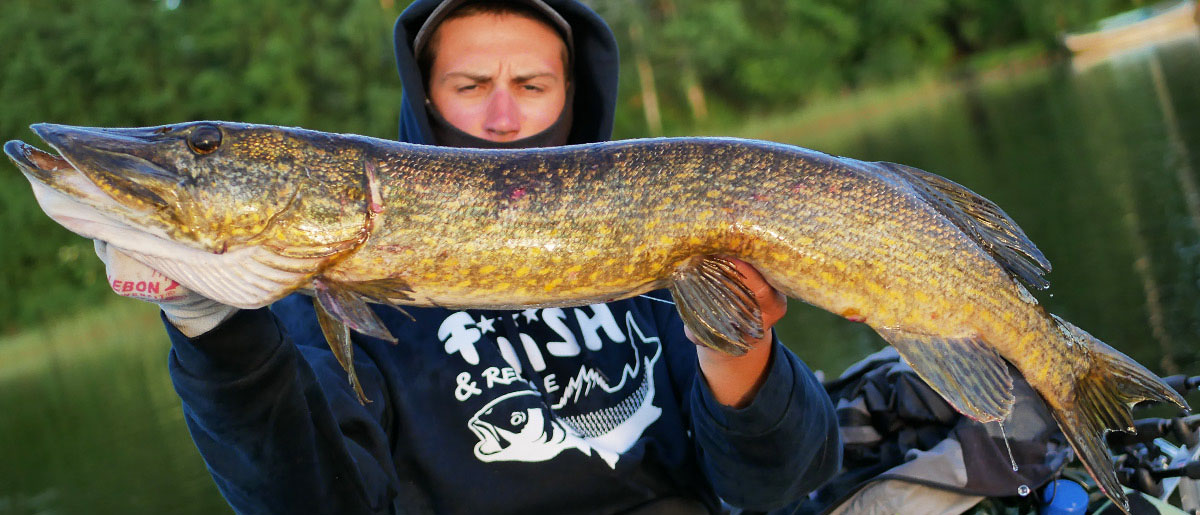
Regardless of the specific lure used, I have now adapted braid on all my spinning reels. The total absence of line memory and manageability of the line makes life so much easier on spinning reels. The thin diameter and softness have made spinning reels much more enjoyable to use. No more crazy loop and line twist. I adjust the mono leader for the current need, whether I’m fishing for trout, bass, perch, or anything else. On 2500 size reel you can spool with 10 or 20 lbs line.
I alluded earlier to how to save money with braided line. First, buy a 300 yards (m) spool of quality line. Get a line meter so you know exactly how much line you wind on your reel. So maybe exactly 100 yards. When the line starts to become damaged, flip it inside out with 2 other reels. And you’re back to fishing with fresh line, the damaged portion being on the inside of the spool. Depending on fishing time, I typically do that after about three years. It means the same piece of line will last about 6 years. Multiply by three, that means a spool of line properly managed can last 18 years!

Having the right line on your reel truly affects how each lure runs and behaves in the water. It’s a very important yet overlooked piece of equipment. Except for braid, the line has a shelf life and gets damaged very quickly. Change it often and spray it with line conditioner or pure silicon spray for extra longevity and performance.